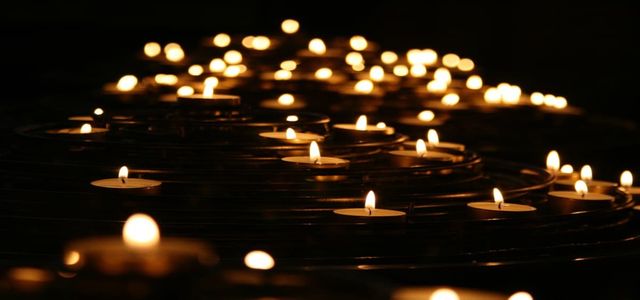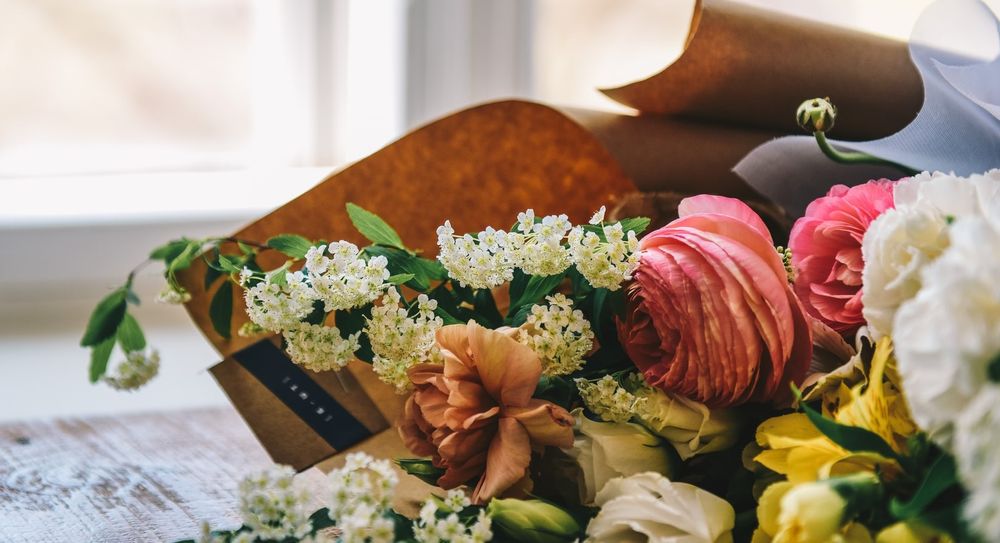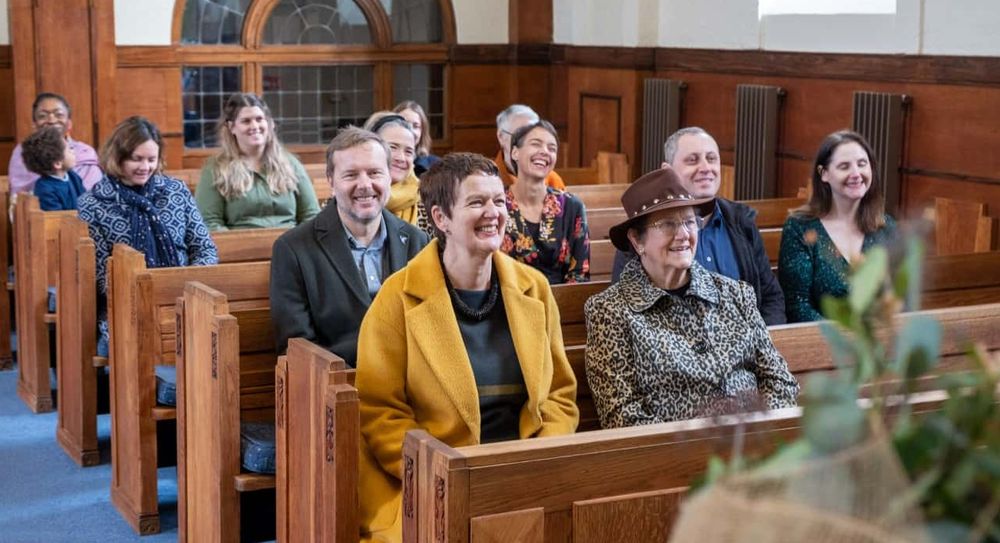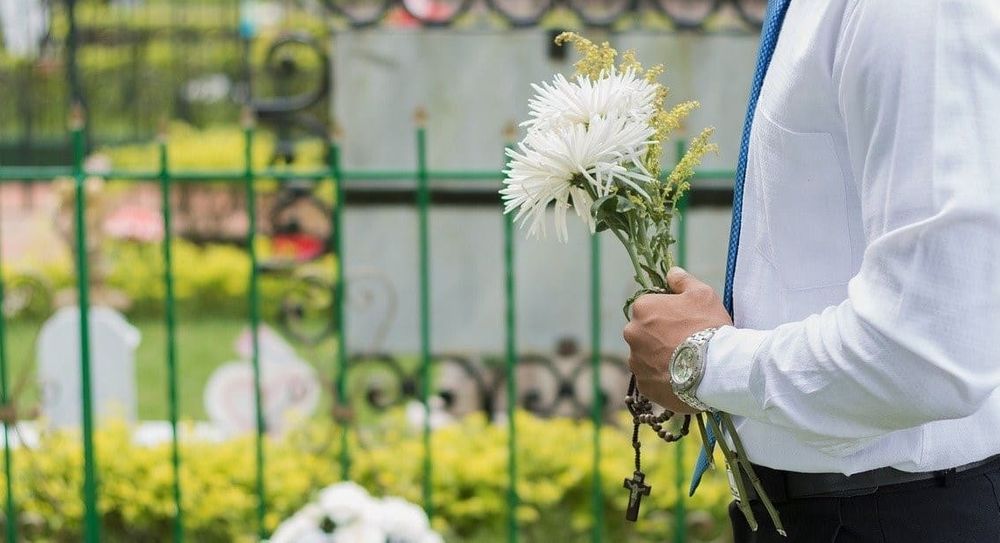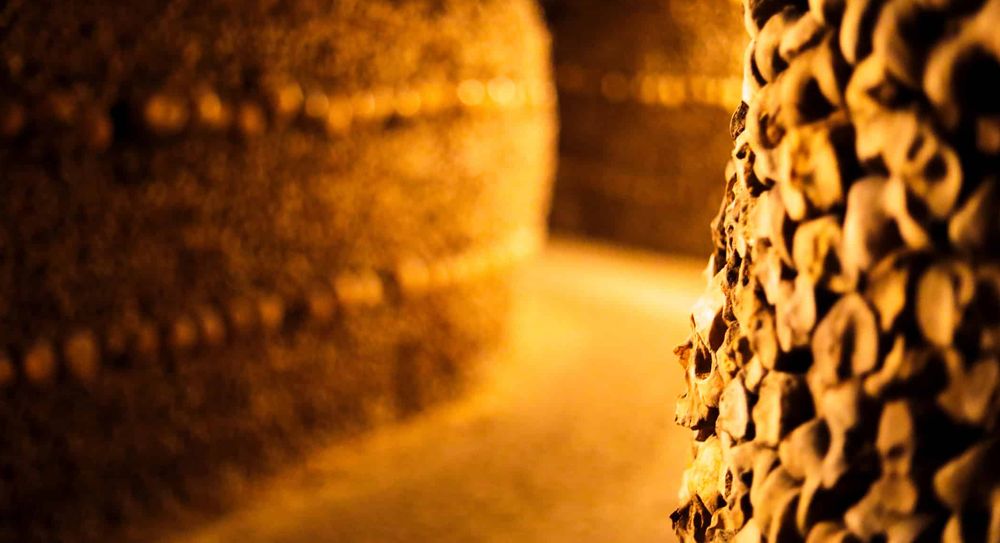Paying your respects to someone who’s passed away and taking part in funeral rituals while they’re laid to rest is nothing new. Funerals have been a part of society for a long time, with different customs taking place worldwide. But where did funerals come from? And how does the history of funerals compare to what we see today?
Here we’ll take a brief look at the first known burials, the history of funerals, and old funeral traditions that continue today.
The first known burials
The first known burials date from 27,000 to 23,000 years ago. They were found in places as far and wide as Australia, Israel, Iberia and Wales. Many of the remains were buried with animal bones. And some of the remains included bones which had been painted a reddish colour with natural clay.
After these first known burials, others have been discovered from between 10,000 and 15,000 years ago. Even though they were similar to the previous burials, they showed more evidence of rituals associated with funerals, such as burying belongings and trinkets along with the remains.
A brief history of funerals
Ancient Greece
Funerals in the West originate from Ancient Greece. The word for funeral in the Greek language (kēdeía) means to take care of someone. And between 3,000 and 1,100 BC burial was used as the main way to put people to rest. But after this, cremation on a funeral pyre became the norm. It remained that way until the beginning of the Christian faith. This is because burial was considered the best way to help people to the afterlife.
Ancient Rome
The word funeral comes from the Latin root fūnus, which means dead body. The term was used by Ancient Rome to talk about all manner of things surrounding death. Romans were cremated and their remains housed in columbariums. But as the Catholic Church became more influential, burial gradually became more popular. The tradition of burial, along with funeral masses and wakes, has grown from here and still plays a large part in funeral customs today.
Anglo Saxon burial sites
One of the most unusual historic burial sites in the UK was found in Sutton Hoo, Suffolk. Historians believe that a king or warrior was buried here in one of about 18 burial mounds. He was buried along with his 90ft ship and hoards of treasure. Even though many of the burial mounds were robbed during the 16th century, it’s thought to be one of the richest burial sites ever found in North Europe.
The Middle Ages’ introduction of the cemetery
As the plague hit the UK and thousands died, burial sites were moved out of towns and cities with high populations. This was to stop the spread of the disease and to make it clearer where these people were buried. It was the beginning of more well-marked cemeteries in the UK that we still know and use today.
16th century funeral processions
Even though funeral processions were not new to the Tudors, they were certainly popular at the time. For royalty, the nobility and the wealthy, funeral processions were an opportunity to showcase their wealth and possessions. They also wore black clothing, and black pins and ribbons as a sign of mourning.
Queen Victoria’s influence on modern funerals
Black clothing was established as the dress code for funerals following the death of Prince Albert, Queen Victoria’s husband. During the Victorian period it was also customary to wear black mourning clothes for a set period of time following the funeral of a loved one. Your relationship to the person would establish how long you should wear black. This could be for years if your spouse had passed away.
Mourning jewellery also became popular at the time and could include a picture of the person who’d passed away or a lock of their hair. The use of a chapel of rest was also introduced at this time. As people’s attitude towards hygiene changed, less people decided to take care of a loved one who’d passed away at home. They instead chose to get more professional help when it came to taking care of someone who’d died.
20th century funerals
Along with the old funeral traditions that have come from history, the 20th century was a time when funerals were more affordable for everyday people. And as we became less and less involved in the process of taking care of a family member after their death, funeral directors became more involved in the process. For example, the practice of “sitting up” with the body of a newly-deceased loved one began to disappear. Even though religious customs continued to play a part, attitudes to more formal funeral ceremonies changed after the First World War, when lots of soldiers who fought were never repatriated. Instead, they were remembered with communal memorials.
The modern funeral
Now the modern funeral can be whatever you want it to be. Even though some old funeral traditions continue, and different religious beliefs play a part, there is a tendency to favour a more personalised approach. That could mean choosing to celebrate someone’s life instead of mourning their loss. It could be organising a DIY funeral without the professional help of a funeral director. Or you could choose to be buried in a more eco-friendly way at a natural burial site.
Old funeral traditions and how they’ve changed:
Burials to cremation
According to the Office For National Statistics more people in the UK identify as having “no religion” than ever before. While those who identify as Christian has decreased. This could explain why cremation is becoming more popular. In fact, in 2022, only 25% of people opted for a burial. And 75% opted for cremation (SunLife Report 2022). The increase in cremation in the UK could also be due to more people knowing about direct cremation (cremation without a funeral service). It’s a no-frills option that’s a good choice when the person who died didn’t want a lot of fuss, or if you want to hold your own memorial service after the cremation with a more personal touch.
The history of wearing black at funerals
Wearing black is still common at most British funerals today. But the custom was followed more strictly in the past. Rather than just wearing dark colours for the ceremony, mourners (especially widows) were expected to wear black for a year or more in Victorian times, taking after Queen Victoria’s example after the loss of her husband. In other parts of the world, different colours have been the norm for showing respect after the death of a loved one.
The history of funeral processions
The funeral processions that we see today with a hearse and limousines slowly driving to the funeral venue are very different from the first funeral processions. In Ancient Rome professional mourners were hired to weep and wail loudly, and music was played during the procession. It was thought that the louder the procession the more powerful the person was. Now, if you choose to have a funeral procession, it’s usually a quieter and more subtle way of showing your respect.
Mourning jewellery to memorial jewellery
Even though mourning jewellery was made popular in the Victorian period, it still has a place today. Many people choose to have a piece of memorial jewellery made after a loved one passes away so that they can keep them close. This can be a subtle pendant that’s engraved with their name. Or it could be ring that’s made with the person’s ashes.
Funeral Choice is an online directory where you can find a funeral director near you. We also have lot of other free resources in our funeral advice centre that’ll help you plan a funeral.

